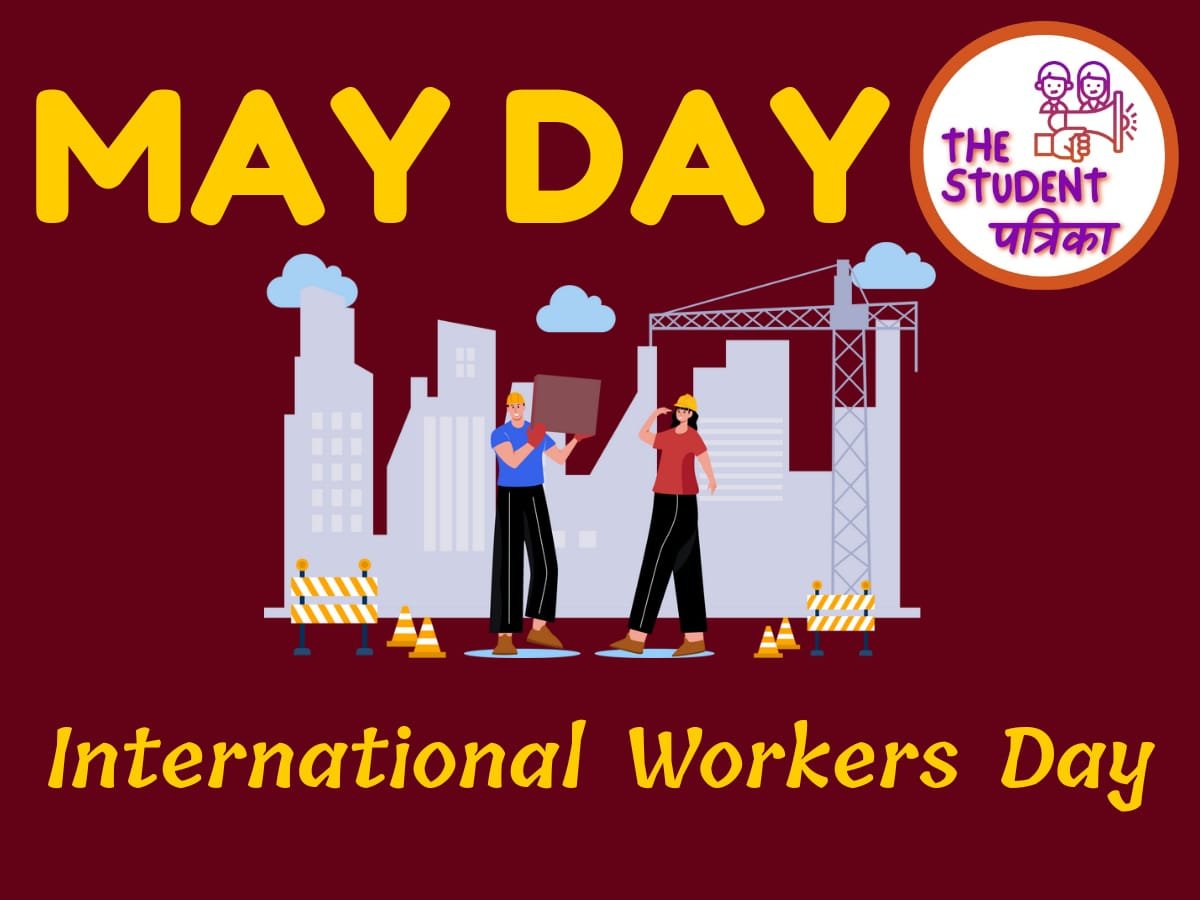
CHAPTER 2- 'PEOPLE AS A RESOURCE'
OVERVIEW
‘People as a resource’ signifies the working population of a country, significantly using their skills and abilities for the growth ,development and becoming assets for the nation by contributing towards the gross domestic product (GDP).
When the population of a country is developed by becoming more educated and healthy it is referred to as Human Capital Formation.Investment in human capital (through education, training, medical care) yields a return just like investment in physical capital. The same can be seen in the case stories given in the textbook about the story of Sakal and Vilas. Sakal being healthy and motivated completed his education and got a job, helped his family to overcome financial burdens, on the other hand Vilas remained meagre due to poor health and lack of education. Thus good health and education both are the primary aspects for becoming a resource for the nation.
ECONOMIC ACTIVITIES BY MEN AND WOMEN
The various activities have been classified into three main sectors i.e., primary, secondary and tertiary.
Primary Sector: It includes agriculture, forestry, animal husbandry, fishing, poultry farming, mining and quarrying.
Secondary Sector: Manufacturing, industrialization, processing/conversion of raw food materials into consumable goods, these activities are considered as secondary sector activities.
Tertiary Sector: Trade, transport, communication, banking, education, health, tourism, services, insurance, etc. are included in the tertiary sector.
The combined output of all these activities throughout the country within a specific period of time is termed as National Income.These activities are called economic activities.It is further categorised into two:
Market Activities(earn profits): These activities involve remuneration to anyone who performs i.e., activity performed for pay or profit. These include production of goods or services, including government service.
Non-market activities(self-consumption): These activities that are undertaken for self-consumption. These can be consumption and processing of primary products and own account production of fixed assets.
Education is an important factor in helping individuals to make better use of economic opportunities. Women with higher levels of education are more likely to be employed in paid work, and they also tend to earn higher wages. However, even women with high levels of education may still face discrimination in the workplace.
Many women work in sectors that offer little job security, irregular hours, and low wages. They may also lack access to basic facilities such as maternity leave, childcare, and social security benefits.
However, there are some positive trends emerging. More and more women are entering the workforce, and they are also gaining more education and skills. This is leading to an increase in the number of women in well-paid, secure jobs.
QUALITY OF POPULATION
The quality of the population depends upon various factors: literacy rate, health of a person indicated by life expectancy and skill formation acquired by the people of the country.
- EDUCATION: Education enhances the national income, cultural richness and increases the efficiency of governance. Literacy is essential for citizens to be able to exercise their rights and responsibilities effectively. The establishment of Navodaya Vidhyala in various districts, that aims to equip a large number of high school students with occupations related to knowledge and skills. To encourage children to attend school and improve their nutritional status, the government also introduced the Mid-Day Meal Scheme. The 12th Five-Year Plan focused on increasing access to quality education, adopting state-specific curriculum modifications, and incorporating vocational training and information technology into the education system. The plan also promoted the convergence of formal, non-formal, distance, and IT education institutions.
- HEALTH: The country's top focus has been to improve the health of the population. The National Policy also sought to increase access to services for family welfare, nutrition, and health care, particularly for the impoverished people. India has built the labour force needed in the primary, secondary, and tertiary sectors over the past 50 years.
- UNEMPLOYMENT: India has unemployment in both rural and urban areas, but the nature of unemployment differs between the two. In rural areas, unemployment is often seasonal and disguised, while in urban areas, it is more likely to be educated unemployment.
Seasonal unemployment occurs when people are unable to find work during certain months of the year, such as during the off-season for agriculture.
Disguised unemployment occurs when people are employed, but they are not actually producing anything of value. For example, a farmer may have more family members working on his land than he actually needs, simply because they have no other way to make a living.
Educated unemployment occurs when people have a college degree or other high level of education, but they are unable to find a job that matches their skills.
Unemployment has a number of negative consequences, including:
- Wastage of human resources
- Increased poverty
- Social unrest
Despite the negative consequences, India's unemployment rate is relatively low. This is because the country has a large and growing population, which means that there are always new people entering the workforce. Additionally, the government has implemented a number of programs to help reduce unemployment, such as job training programs and subsidies for small businesses.
However, India still faces a number of challenges in terms of unemployment. These challenges include:
- A rapidly growing population.
- A lack of skilled workers.
- A lack of investment in infrastructure.
The government of India is aware of these challenges and is taking steps to address them. These steps include increasing investment in education and infrastructure, and creating more jobs in the manufacturing and service sectors. With continued effort, India can reduce unemployment and create a more prosperous future for its citizens.
The primary sector of the economy is characterised by self-employment. Agriculture is the most labour-absorbing sector, but the dependence of the population on agriculture has declined in recent years. Some of the surplus labour in agriculture has moved to the secondary or tertiary sector. In the secondary sector, small-scale manufacturing was the most labour-absorbing sector, but it is now being replaced by new industries, such as biotechnology and information technology. The tertiary sector is now the largest sector of the economy, and it is growing rapidly. It includes a wide range of services, such as education, healthcare, and transportation.
SOME IMPORTANT QUESTIONS:
- What do you mean by ‘people as a resource’?
- What is the role of education and health in human capital formation?
- Define economic activities.
- ‘Countries like Japan did not have any natural resources, still they are developed countries.’Give reasons.
- What is the difference between market and non-market activities?
- Explain the term “unemployment.”
- What is the difference between disguised unemployment and seasonal unemployment?
- Why is the educated unemployed, a problem of India?
- What are the challenges faced by India in terms of unemployment?
- Quality of a population depends upon various factors. Explain.
- Why women are paid less as compared to men for same work?
For more such free study material, subscribe or visit regularly.
Happy Learning!
ALSO READ: PRACTICE QUESTIONS LOGICAL REASONING WITH ANSWERS | PRACTICE QUESTIONS ENGLISH RC | All about Sudan Crisis | Must Read: Top 5 novels for students |










